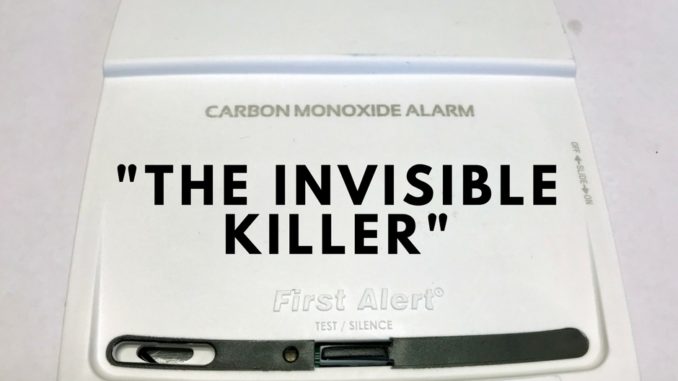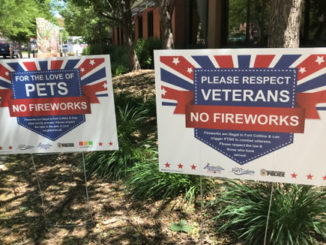
Talk to your family, friends and roommates about carbon monoxide, or “the invisible killer.” That conversation can mean the difference between life and death.
Poudre Fire Authority firefighters responded early Wednesday morning to a serious carbon monoxide-related call on Eastwood Drive in Fort Collins. An adult and two adolescents were taken to the hospital for treatment of conditions likely associated with their exposure to carbon monoxide. Four dogs in the home also needed veterinary care.
There were no carbon monoxide detectors in the home. One of the adolescents woke up with a headache, prompting a 911 call.
PFA firefighters conducted testing at the home and reported carbon monoxide levels at more than 400 ppm, or parts per million. This environment is life-threatening to a person after three hours. If the adolescent hadn’t awoken, it’s possible this event could have ended in tragedy.
Carbon monoxide decreases the blood’s ability to carry oxygen to the body’s tissues. Inhalation may cause headaches, nausea, dizziness, weakness, rapid breathing, unconsciousness and, in some cases, death, according to the Centers for Disease Control and Prevention.
“The fact that no one died during this event is incredible,” PFA spokeswoman Madeline Noblett said. “We are deeply happy and thankful this family and their pets survived. This event serves as an important reminder to everyone in our community – and beyond – to take simple steps to ensure their safety and that of those around them.”
Fire and health professionals recommend the following safety measures:
– Install carbon monoxide detectors in your home. Install outside each separate sleeping area, on every level of the home, and in other locations as required by laws, codes, or standards.
– Choose an alarm that is listed by a qualified testing laboratory, such as Underwriters Laboratories or Electrical Testing Laboratories.
– Install the alarms according to manufacturer’s instructions, typically listed on the device and in an accompanying user’s manual. This is important, as every alarm is different.
– Carbon monoxide alarms aren’t replacements for smoke alarms. You should have each type, or combination smoke-carbon monoxide alarms. Know the difference between the sound of smoke alarms and the sound of CO alarms by watching our video: bit.ly/pfaalarmsounds
– If the carbon monoxide alarm sounds, press the test/silence button. Call 911. And immediately move to fresh air.
– Have fuel-burning heating equipment – fireplaces, furnaces, wood stoves – and chimneys inspected annually by a professional.
For more information, check out these resources:
– The National Fire Protection Association 2017 Edition Desk Reference at bit.ly/nfpaCOinfo
– The Centers for Disease Control and Prevention website: cdc.gov/co/default.htm
– The U.S. Fire Administration website: bit.ly/usfaCOinfo
Support Northern Colorado Journalism
Show your support for North Forty News by helping us produce more content. It's a kind and simple gesture that will help us continue to bring more content to you.
BONUS - Donors get a link in their receipt to sign up for our once-per-week instant text messaging alert. Get your e-copy of North Forty News the moment it is released!
Click to Donate

 Poudre Fire Authority
Poudre Fire Authority

